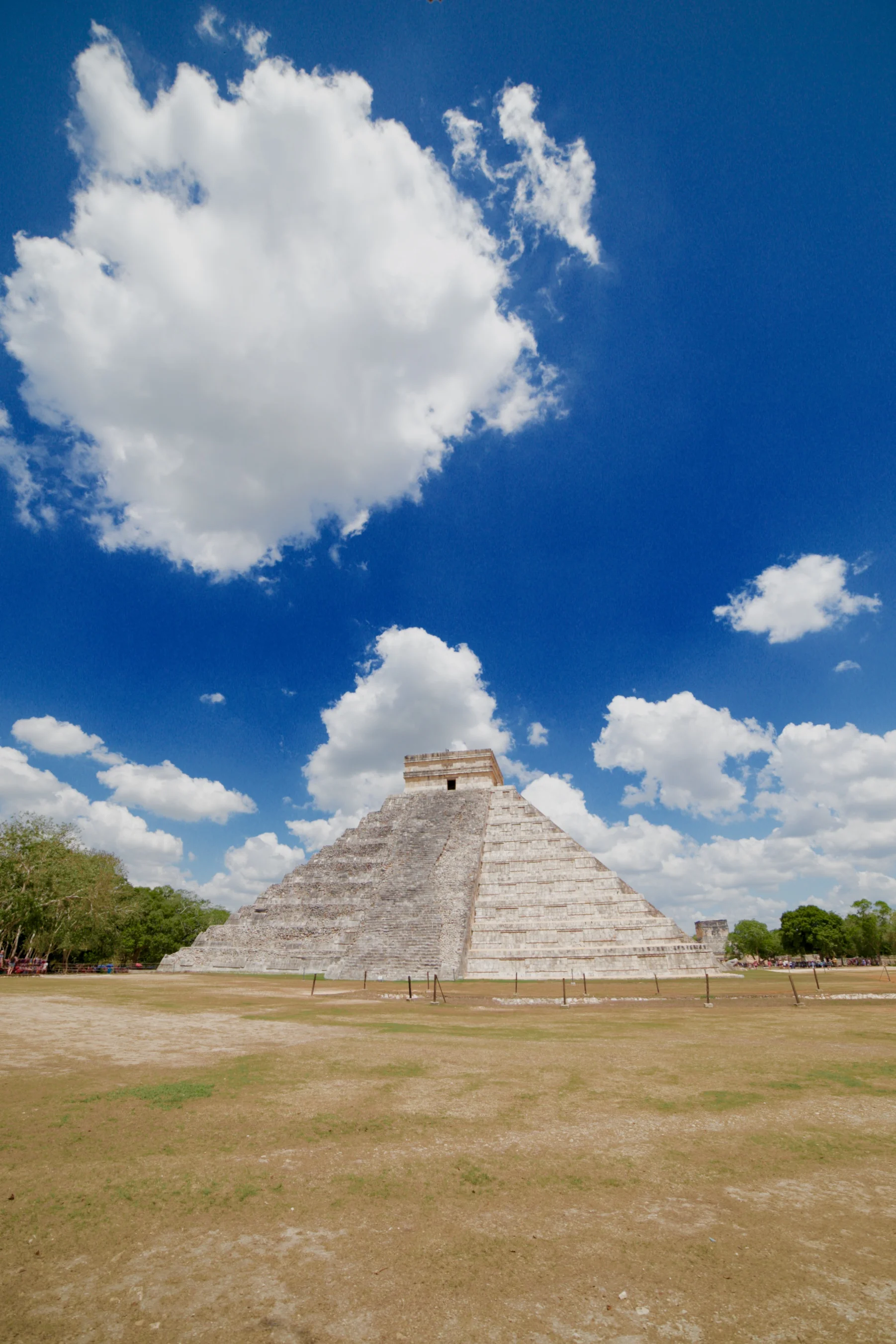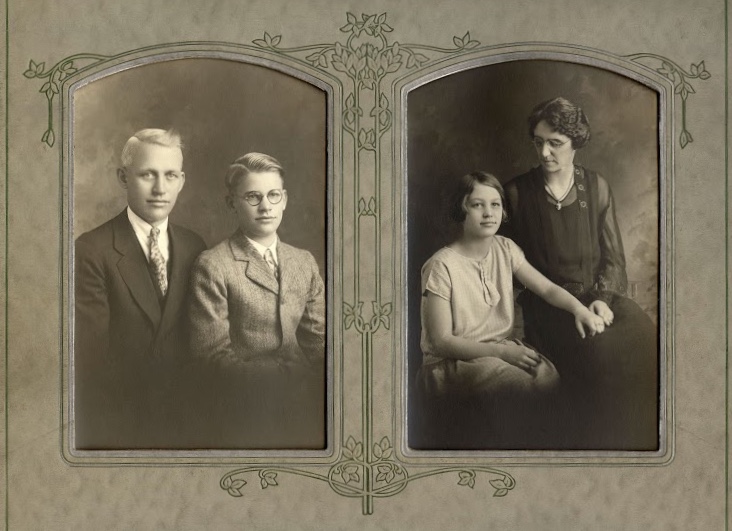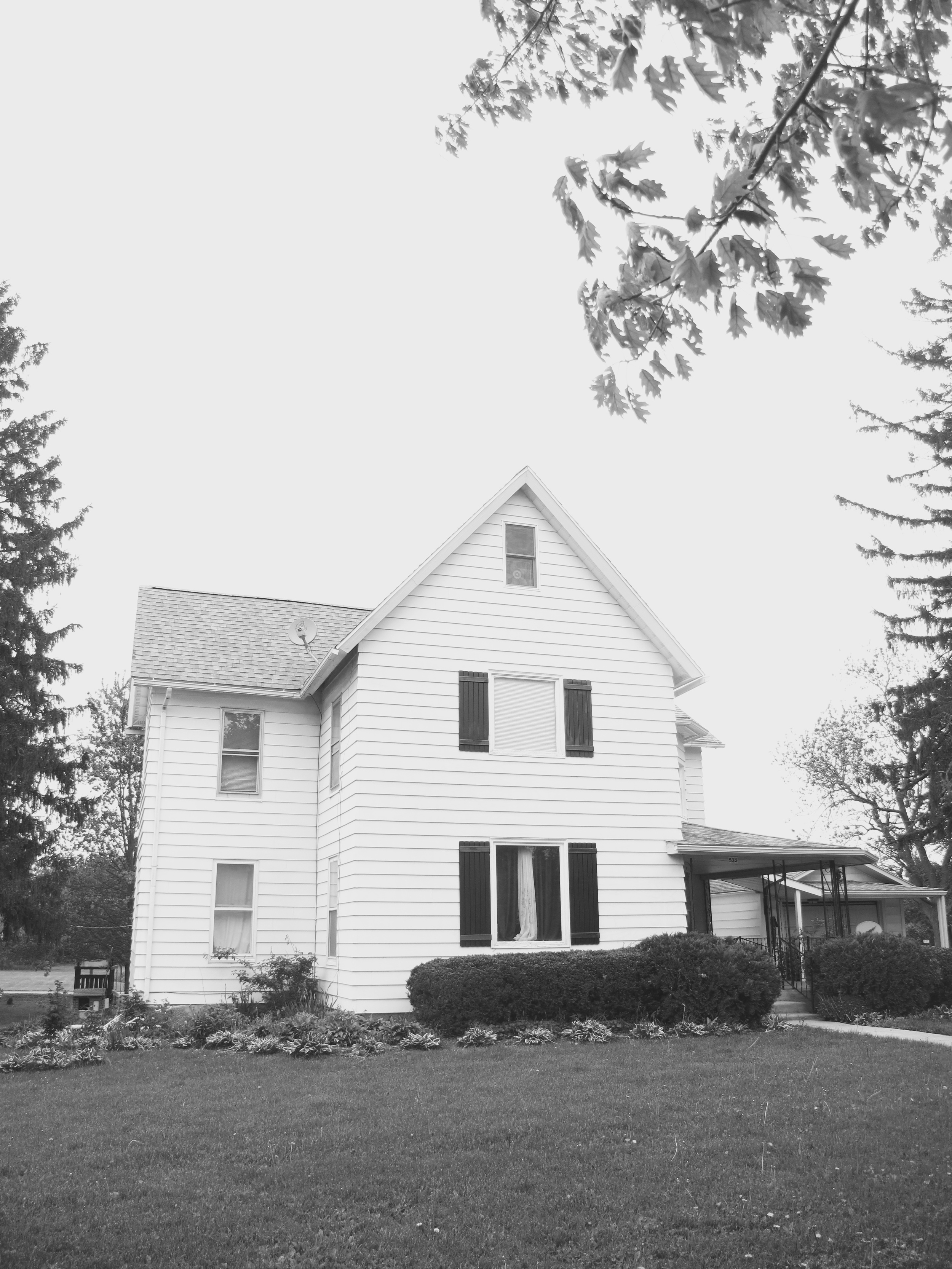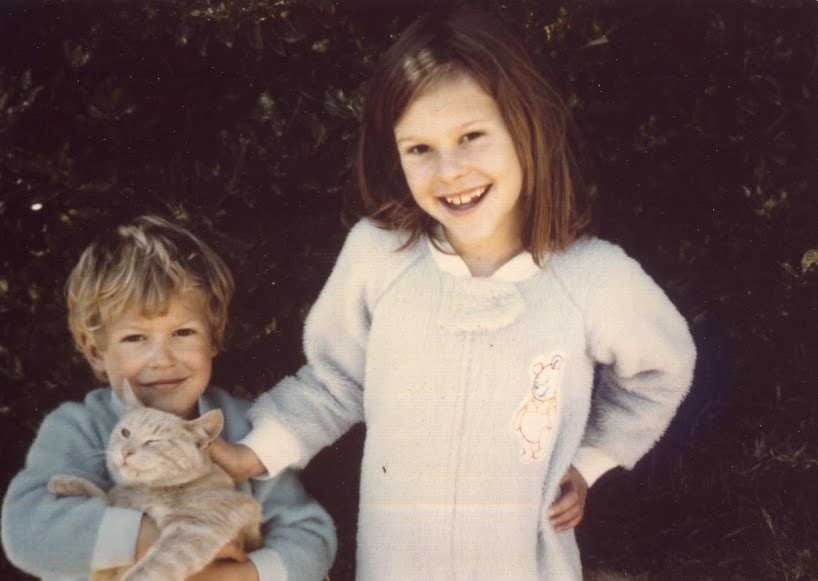“Are utzijoxik wa’e
k’a katz’ininoq,
k’a kachamamoq,
katz’inonik,
k’a kasilanik,
k’a kalolinik,
katolona puch upa kaj.”
“Esta es la relación de cómo
todo estaba en suspenso,
todo en calma,
en silencio;
todo inmóvil,
callado,
y vacía la extensión del cielo”
“This is the account of how
all was in suspense,
all calm,
in silence;
all motionless,
quiet,
and empty was the expanse of the sky.”
- THE POPOL VUH
It is the beginning of many a creation myth.
In fact, it is the way of many stories, to start at the beginning. Time pervades all things; it is suffused throughout our lives, and thus permeates every story with its chronologic ways.
We begin with that which came before us: myth.
We move to the present: our chronicles.
We then move to a time beyond knowledge: prophecy.
The Popol Vuh details the myths, chronicles, astrological calculations and prophecies of the Mayan peoples of Meso-America.
The living descendants of its authors view the text as an ilbal, a 'precious seeing instrument' or lens, with which to perceive the complex relationships of the Universe.
THE PREDOMINANT LENS ON THE WORLD
AT THIS TIME
It may be a symptom of our own times, that we have developed a kind of Myopia or shortsightedness. The concept of the 'individual' has been on the rise since the Renaissance, helped along by other events such as the liberation of personal religion by Martin Luther and the Protestants; the period of nationalistic idealism culminating in the French and American Revolutions; and the Industrial Revolution, which transformed us into the individualised consumers we are today.
Many of us live in a personal bubble of our own creation, thinking only in terms of days, weeks, years, and our own lifetime. Our shortsightedness limits our concerns for those things outside our personal bubble: other inhabitants of the Earth, and the future. Consequentially, we are also limited in our abilities to create long-term communal connections or make long-term rational decisions that will benefit not only ourselves, but others around us and those who will come after us.
We may learn much from the wisdom of time keepers.
TEMPORAL CYCLES
13. 0. 3. 11. 9.
To the Mayans, time was everything...
Time allows us to be and to experience.
Time allows us to grow and prosper, to sow and to reap.
Time allows for change, change is a truth of life.
Time, by its very nature, synchronises our lives with all other things in the cosmos.
The Mayans kept track of time using various different calendar systems. The Haab' calendar coincided with the solar year and counted 365 day cycles. The Tzolk'in calendar aligned with the movements of stars and the cycles of corn cropping, and counted in 260 day cycles. The Long Count calendar ran in a series of interlinking cycles of days, counting periods of up to 2,880,000 days. These calendars linked like cogs and wheels, the various parts moving in complex patterns, and cycling in seemingly random natures due to the discord of the numbers. And yet, as with every cyclical thing in the Universe, the loop eventually comes back around.
Paradoxically, by observing the sky, the Mayans learnt much about the Earth below them. By tracking the movements of the sun, they learnt of the seasons, and of the best times to plant and harvest their crops. Being avid born time keepers, they kept track of such knowledge in their Tzolk'in calendar.
THE SYNCHRONICITIES OF THE TZOLK'IN
This calendar tracked the pattern of the sun across the sky, focusing on the two zeniths: those moments when the sun would pass directly overhead and no shadows would form on the Earth. There are two solar zeniths a year, their dates dependent upon the location of observation. Oftentimes, local Mayans would plant their corn crops on one solar zenith, and harvest them on the next.
The approximate time between the last solar zenith of the year, when crops were harvested, and the solar zenith of the following year, when crops would be planted again, was 105 days...
365
- 105
----------
= 260
260 days is the length of the Tzolk'in calendar.
The gestation period for corn is approximately 260 days,
or nine lunar months.
The gestation period for humans is also nine months.
Here, we may observe one of the many random synchronicities of this world, which, although arbitrary for us, was so important to the Mayans who relied on the sun and corn for their own lives. It is no wonder, then, that the Popol Vuh tells us that humans were formed in the beginning from corn.
We may wonder, though, at the incredible accuracy of Mayan astrologers and time keepers. Time formed such an important part of everyday existence in Meso-America, that many village monuments were built in alignment with the heavens.
CHICHÉN ITZÁ
Above: the sky is a dark blanket of stars and planets, awash with milky clouds hanging around the moon. Below: a pyramid is on fire, blazing in reds, maroons and turquoise. The two are separate entities, yet they are intrinsically linked - the pyramid's design hinging on the celestial movements and phenomenas above; its form grounded in the earth but reaching skyward.
From Chichén Itzá, the Mayans could observe the changing patterns of the night, while also counting the days of the year. With seven tiers, and three hundred and sixty five stairs, the structure is the embodiment of the Mayan Calendar. More spectacularly, each spring and autumn equinox graces the pyramid with an intriguing phenomenon: a writhing snake-like strip of light dances down the steps to the ground. The effect is produced by the precise measurements of the pyramid, as the moving sun is caught only on the very edge of the stairs, while the rest lies in shadow.
Using their deep knowledge of time, the Mayan's became aware of the great age of the Universe, and its longer cycles: the cycles of planets around stars, the cycles of the Earth's ages. They focused not only on their respective present, but also on the past and the future. Their daily use of the Long Count calendar would have been a constant reminder of the true scales of time...
THE LONG COUNT
kin - 1 day
uinal - 20 days (20 kin)
tun - 360 days (18 uinal)
katun - 7,200 days (20 tun)
baktun - 144,000 days (20 katun)
long count cycle - 2,880,000 days (20 baktun)
“The Mayans were observant - looking upwards and outwards.
Yet, they were also deeply reflective - looking downwards and inwards.
And at this middle ground, this meeting of the two points,
there is a great wisdom.”



























































